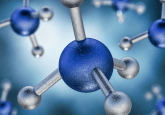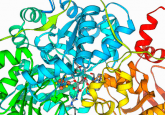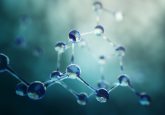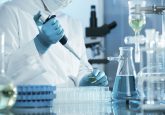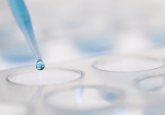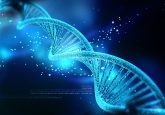A cup of Joe for good health: new biomarkers sought after in coffee consumption study

For the first time metabolites have been identified in urine samples that indicate the level of coffee consumption of coffee drinkers. The research team at The University of Munich (Freising, Germany) believes this will have an impact on the future of human studies.
Coffee has multiple health benefits including reducing the risk of Type 2 diabetes and liver disease – when drank in moderation. Typically, human studies investigating the effects on health and nutrition such as those examining the potential health benefits of coffee, rely heavily on self-reported data from study participants as their source of data. However, this can be highly unreliable, as it can be difficult for contributors to accurately recall the exact amount of coffee they have consumed. Therefore, there was a desire to find a quantitative measure of caffeine consumption rather than relying on qualitative data.
“Complementary studies would therefore be desirable in which coffee consumption could be objectively verified using biomarkers in order to determine the health value of coffee even more reliably,” commented Roman Lang, Head of the Biosystems Chemistry and Human Metabolism research group at Leibniz Institute for Food Systems Biology (LSB) at the Technical University of Munich.
Arabica roasted coffee beans contain a water-soluble compound termed atractyligenin-2-O-β-D-glucoside. When coffee is brewed and drunk, the ingested glucoside is metabolized by the liver during the detoxification process. This process involves non-polar compounds (such as atractyligenin-2-O-β-D-glucoside) becoming bound to glucuronic acid, forming metabolites that are highly water-soluble. These compounds are then flushed out of the body during excretion. This process is the same for all substances such as drugs, plant substances and endogenous steroid hormones. So, the researchers were able to observe the associated coffee metabolites in urine samples.
You may also be interested in:
- Metabolic biomarkers in urine demonstrate quality of diet in European children
- eBook: biomarker assay development with mass spectrometry
- In the Zone: smart biomarker assays
Previous studies have attempted to identify biomarkers related to the degree of coffee consumption. Multiple metabolites formed during the digestion of coffee were suggested however, the molecular structures of those were not characterized.
In this pilot study, the research group, in order to identify these molecular structures, collected urine samples from six participants 3 hours after they had consumed 400ml of coffee. Using Mass spectrometry-guided liquid chromatographic fractionation, they isolated 4 potential metabolites. These were: atractyligenin-19-O-β-D-glucuronide (M1), 2β-hydroxy-15-oxoatractylan-4α-carboxy-19-O-β-D-glucuronide (M2), and 2β-hydroxy-15-oxoatractylan-4α-carboxylic acid-2-O-β-D-glucuronide (M3) and an unconjugated (i.e., it is not bound glucuronic acid) metabolite atractyligenin (M4). These metabolites were run through nuclear magnetic resonance and time-of-flight mass spectrometry, which identified the molecular structures of all four metabolites. Now that these molecular structures had been illustrated, they were able to use spot analysis on the coffee drinker samples to test the levels these were present. The M1, M2 and M4 metabolites were indeed present in all the coffee drinker samples. While M3 was in four of the six samples. This variation in the M3 metabolite is accounted for by differences in metabolism between the study participants.
Veronika Somoza, the Director of the Freising-based LSB stated about the impact of this research and its future application, “Food-specific biomarkers are important tools to explore the health effects of food. Therefore, part of our scientific work at LSB is also focused on finding biomarkers for food consumption”.
The researchers from this study are hoping that future studies will be carried out with a higher study sample size to confirm that these metabolites are suitable biomarkers for coffee consumption.
Sources: Lang, R., Beusch, A. and Dirndorfer, S. “Metabolites of dietary atractyligenin glucoside in coffee drinkers’ urine,” Food Chemistry, 405, 135026. (2023) Doi: 10.1016/j.foodchem.2022.135026. ScienceDaily press release, www.sciencedaily.com/releases/2022/12/221207142438.htm

